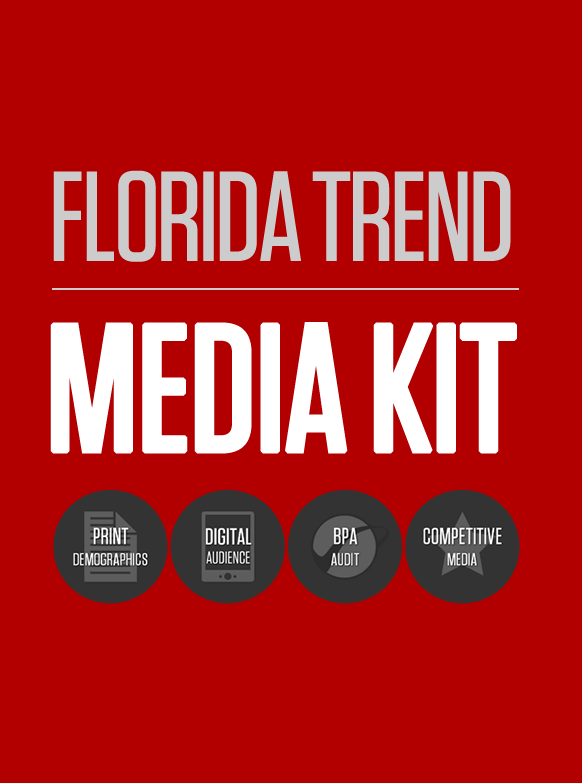SHARE:
Ecological impact
Where Offshore Drilling Goes, Beaches Suffer
Leatherman has seen what offshore drilling can do to a beach. Texas beaches, for instance, "tend to be the trash can of the gulf." Waste from the western gulf's wells — everything from empty oil drums to tar balls — washes up there.
Allowing drilling in the eastern gulf — a move now touted by President Bush, GOP presidential candidate John McCain and Gov. Charlie Crist — carries risks for the environment as well as for Florida's economy.
Over the past 40 years, oil companies have drilled thousands of wells across the western and central gulf, and there are now about 3,800 offshore structures there. Texas, Louisiana, Mississippi and Alabama have been willing to overlook the trash and tar in exchange for cash and jobs.
But Florida's $50-billion tourist industry depends on clean beaches. The slightest taint — say, a Red Tide bloom — can empty the hotels. That's why in the past Florida politicians from both parties have been as quick to embrace drilling as they have been to shake hands with Fidel Castro.
"The beaches of Florida are like the mountains of Colorado. They are somewhat our defining feature, and anything that threatens to jeopardize those beaches raises great concerns," said former Sen. Bob Graham, a Democrat and longtime drilling opponent who says he is "confounded" to see the issue revived.
In the late 1990s, when Chevron proposed drilling in the gulf 25 miles south of Pensacola, the U.S. Environmental Protection Agency warned that if there were a spill, "there is as great as a 47 percent chance that the slick would reach Florida's coastal waters before dissipating."
Chevron hired Florida State oceanographer Wilton Sturges to study the spill potential. Sturges said he found "that under worst-case conditions the spilled stuff could be brought ashore much faster than any response team could get there to clean it up. It is a real crapshoot about when it might happen, of course. Most bad things happen during nasty weather, when the difficulties of cleanups are at their worst."























